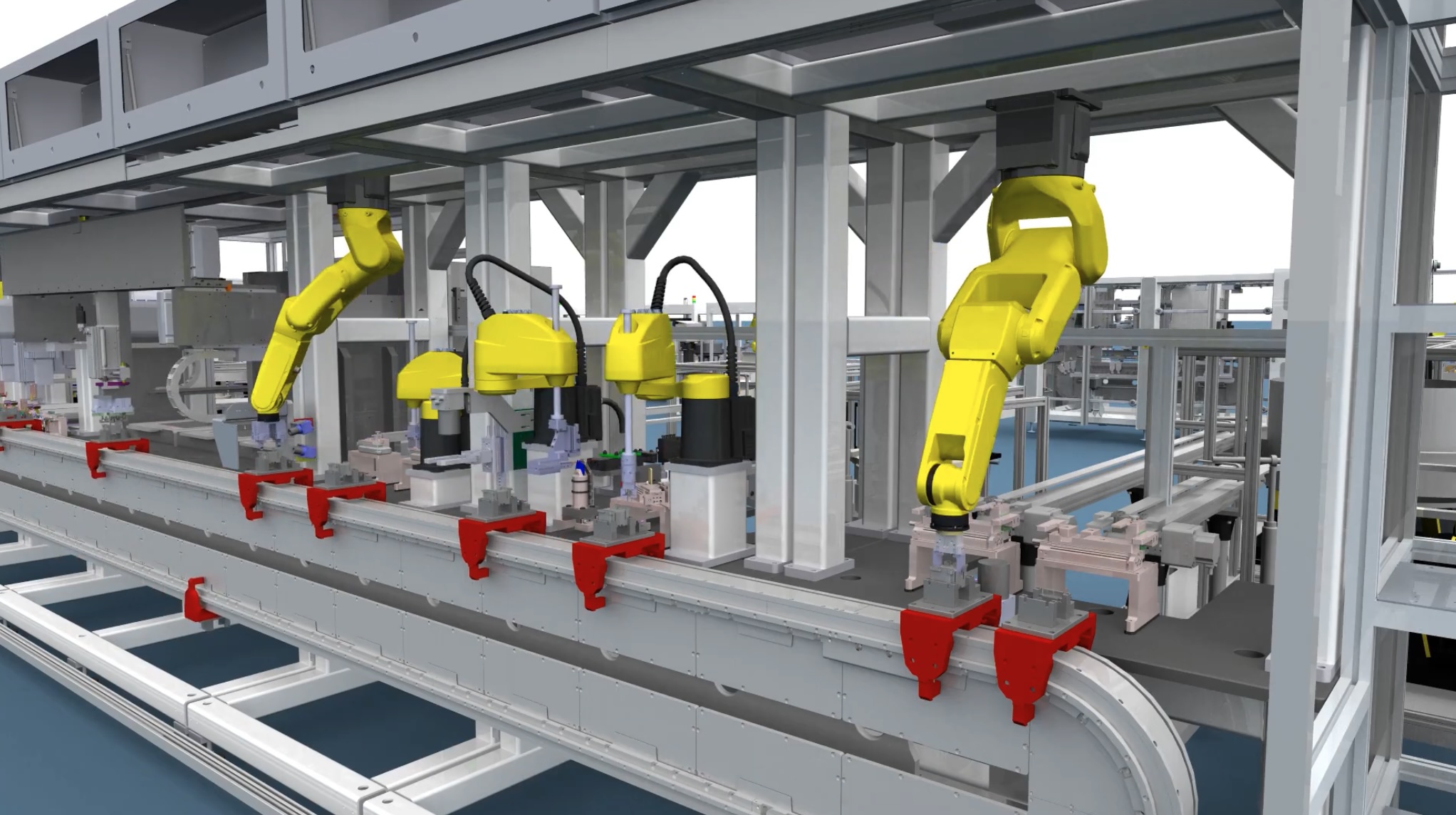How to Leverage Digital Twins for Fulfillment Center Capacity Planning

As consumer preference continues to shift towards online purchasing, retailers are compelled to rethink how they manage their distribution and fulfillment centers to accommodate rising demand. Strategic decisions around capacity planning, labor, and technology investments are now more critical than ever.
Traditional business tools, however, fall short in providing the depth of analysis required to ensure precise and cost-effective decisions.
The Limitations of Conventional Tools in Fulfillment Planning
Fulfillment centers are intricate ecosystems where every operational function—receiving, picking, and storage—is interconnected. A decision made at one point in the system, such as increasing inbound capacity, inevitably impacts other processes like storage and order picking. The complexity of these interactions makes it nearly impossible for conventional business tools to provide a holistic and forward-looking view of a facility’s operational performance.
Without a detailed and integrated analysis of these systems, retailers risk making costly miscalculations—either overcommitting capital or failing to invest in areas where future demand will outstrip capacity. A more sophisticated approach is needed to anticipate the impacts of potential changes and ensure that investments align with long-term business goals.
Digital Twins: A Transformative Tool for Fulfillment Centers
To address these challenges, we utilize digital twin technology—a virtual replica of an entire fulfillment facility. This advanced simulation tool allows us to analyze the current state of warehouse operations and test future scenarios with pinpoint accuracy. By modeling people, processes, material flows, and storage systems in a dynamic, four-dimensional environment, we can predict how strategic decisions will impact the entire fulfillment operation.
When planning for future growth, we create a simulation of the existing operation and assess how potential investments will perform in both the current and projected business environments. Digital twins allow for the rapid testing of various scenarios, including changes in order volume, SKU profiles, labor requirements, and automation integration. The insights gained from these simulations empower executives to make more informed, data-driven decisions.
Key Applications of Digital Twins in Capacity Planning
In practice, digital twin technology allows retailers to explore a range of future operational options, each designed to optimize omnichannel fulfillment center performance. Some of the critical decisions that can be modeled include:
- Expanding warehouse space to handle a broader range of SKUs and order volumes.
- Increasing picker and pack-out station capacity to improve fulfillment rates.
- Adopting goods-to-person automation to reduce manual labor and enhance picking efficiency.
- Implementing high-density intermediate storage for improved wave buffering and sequencing.
By feeding the digital twin with detailed, forecasted data—such as order volumes, shipping and receiving schedules, and labor availability—we gain a comprehensive understanding of how these variables interact in a live fulfillment environment.
Evaluating Performance and Reducing Risk
Once various scenarios are tested, the digital twin provides a robust framework for evaluating each option based on key performance metrics, including total throughput, labor utilization, equipment efficiency, and storage optimization. This iterative process not only highlights areas where proposed changes might introduce inefficiencies or bottlenecks but also allows for real-time adjustments.
The ability to refine these models until the optimal solution is reached ensures that investments are well-targeted and deliver the highest possible return on investment. Ultimately, digital twins allow retail leaders to make decisions with a level of confidence and accuracy that would be difficult—if not impossible—to achieve through traditional planning methods.
Making Informed, Data-Driven Decisions for the Future
As retailers continue to adapt to the evolving demands of omnichannel fulfillment, digital twins offer a proven solution for strategic capacity planning. By simulating future scenarios in a risk-free virtual environment, digital twins enable businesses to make more precise, data-driven decisions that optimize resources, enhance operational efficiency, and reduce unnecessary spending. As the retail landscape continues to shift, digital twin technology will be an essential tool for ensuring that investments align with both current needs and long-term growth opportunities.
Headquarters
We have a team of engineers positioned across the US, but our primary HQ is in Atlanta, GA.



